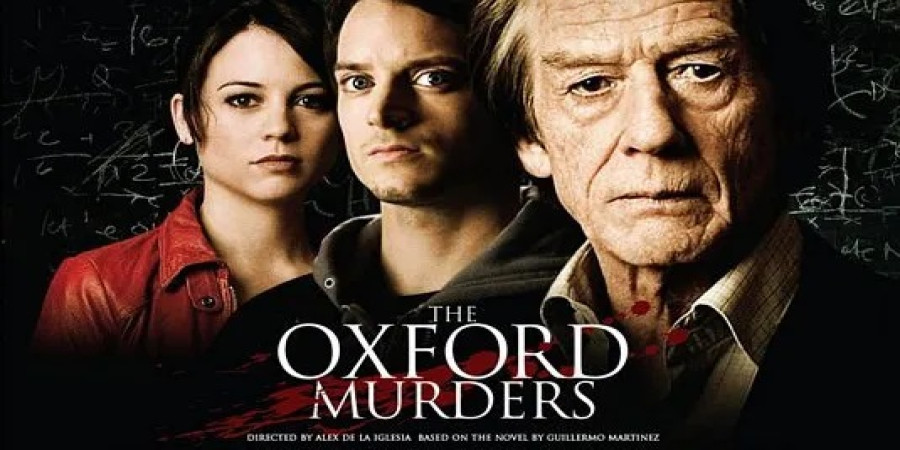

Unveiling the Labyrinth: A Look at the Ending of "The Oxford Murders"
The 2008 psychological thriller "The Oxford Murders," directed by Álex de la Iglesia, weaves a complex narrative that revolves around a series of seemingly unconnected murders plaguing the historic halls of Oxford University. As the body count rises, mathematics student Martin (Elijah Wood) finds himself drawn into a web of cryptic clues and enigmatic symbols alongside the eccentric Professor Seldom (John Hurt). But the film's ending throws a curveball, leaving viewers grappling with the true nature of the killings and the culpability of the characters.
Throughout the film, Martin and Seldom chase after a pattern hidden within the murders. Each victim is linked to a mathematical symbol, leading them to believe in a serial killer obsessed with numerology. The audience is led down this path as well, with the film strategically placing red herrings and cryptic messages that reinforce this theory. However, the truth is far more personal and unsettling.
The climax reveals that there is no single serial killer. Instead, the deaths are the result of a series of desperate actions by seemingly unconnected individuals. The initial murder, that of Martin's landlady Mrs. Eagleton, is perpetrated by her own daughter Beth (Julie Cox). Beth, yearning for freedom from her controlling mother's terminal illness, smothers her. This act sets in motion a chain reaction as Professor Seldom, wracked with guilt over a past incident that led to the death of Beth's father, attempts to take responsibility for the murders. He fabricates the connection to numerology, hoping to deflect suspicion from Beth.
The final twist comes in the form of the seemingly random death at a concert. This death, however, is a coincidence. However, it inspires a bus driver, a man Martin previously met at the hospital caring for his sick daughter, to take action. The driver, interpreting the fabricated numerology as a sign, believes he must kill ten people (represented by the tetractys symbol) to save his daughter's life. This tragic misunderstanding leads to the film's most shocking moment - the attempted bombing of a bus carrying mathematicians, including Seldom.
In the end, "The Oxford Murders" dismantling of the serial killer trope forces the audience to confront the messy realities of human behavior. The film argues that even seemingly random acts of violence can have complex and deeply personal motivations. The audience is left to ponder the butterfly effect of Seldom's actions, how a well-intentioned lie can have devastating consequences.
By utilizing an expository tone and informative writing style, this article unpacks the intricate web of "The Oxford Murders" ending. It delves into the motivations of the characters and the surprising reveal that shatters the audience's expectations. The ending serves as a cautionary tale, highlighting the ripple effects of human actions and the complexities of interpreting seemingly random events.
Popular articles

Apr 11, 2024 07:40 PM

May 25, 2024 08:09 PM

Apr 11, 2024 07:22 PM

Apr 10, 2024 07:59 PM

Mar 14, 2024 07:53 PM
Comments (0)